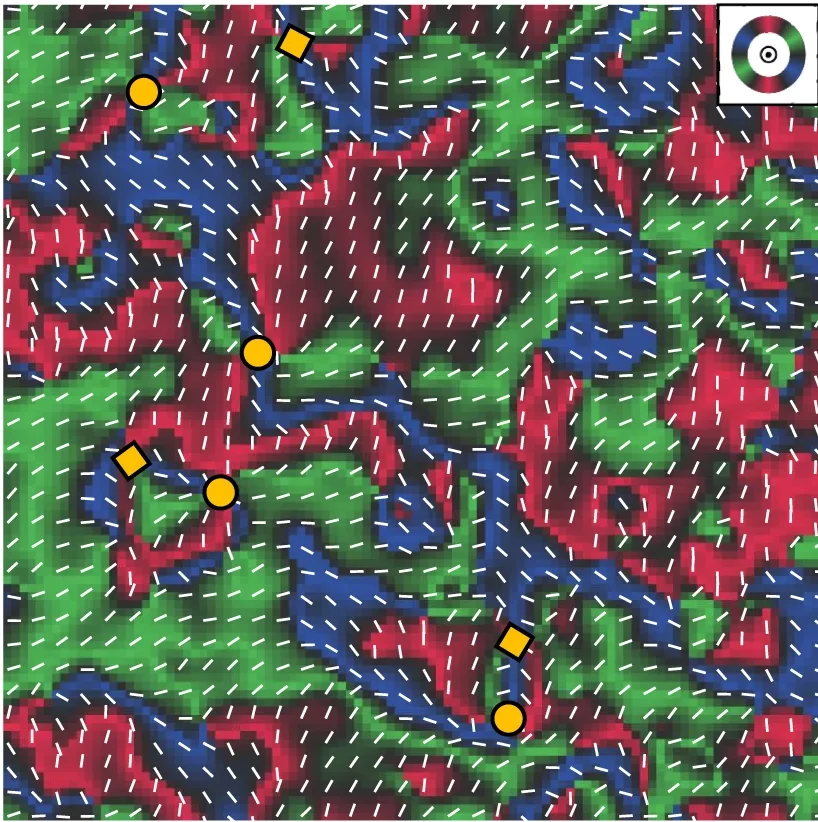Scientific researchers in a joint collaboration between the University of Oxford, the National University of Singapore, and the Swiss Light Source have made a breakthrough in the creation and design of spatially reconfigurable antiferromagnetic states in thin antiferromagnetic membranes, which can directly integrated with Silicon devices.
The breakthrough was achieved by developing a new form of epitaxial magnetic layers that can be detached from their single-crystal substrate by means of a water-soluble sacrificial layer. Once the sacrificial layer is dissolved, the free-standing epitaxial layer can be transferred onto any desired substrate, such as a Silicon wafer. The sample analyzed by scanning transmission X-ray microscopy (STXM) in this work was placed on a Si3N4 membrane.
The specific material investigated in this work was the iron oxide Fe2O3, also known as Hematite, a common antiferromagnetic material. This has found application since the dawn of mankind, although mainly for its red color and not yet its magnetic properties. The magnetic properties of the freestanding hematite films at the nanoscale were investigated by means of STXM using the X-ray magnetic linear dichroism effect as a contrast mechanism. The imaging experiments were performed at the PolLux and SIM beamlines of the Swiss Light Source. Through STXM imaging, it was possible to demonstrate the existence of topologically non-trivial textures at the nanoscale for the thin freestanding hematite membranes, paving the way towards their use in either curvilinear antiferromagnetism (exploiting their inherent flexibility), and into non-conventional computing.
Contacts:
Dr. Hariom H Jani
Department of Physics
University of Oxford
E-mail: hariom.jani@physics.ox.ac.uk
Dr. Jörg Raabe
Swiss Light Source
Paul Scherrer Institut
Telephone: +41 56 310 5193
E-mail: joerg.raabe@psi.ch
Original press release:
Researchers achieve breakthrough in silicon-compatible magnetic whirls | University of Oxford
Original Publication:
Spatially reconfigurable antiferromagnetic states in topologically rich free-standing nanomembranes
Hariom Jani, Jack Harrison, Sonu Hooda, Saurav Prakash, Proloy Nandi, Junxiong Hu, Zhiyang Zeng, Jeng-Cyuan Lin, Charles Godfrey, Ganesh ji Omar, Tim A. Butcher, Jörg Raabe, Simone Finizio, Aaron Voon-Yew Thean, A. Ariando, and Paolo G. Radaelli
Nature Materials (2024), DOI:10.1038/s41563-024-01806-2
